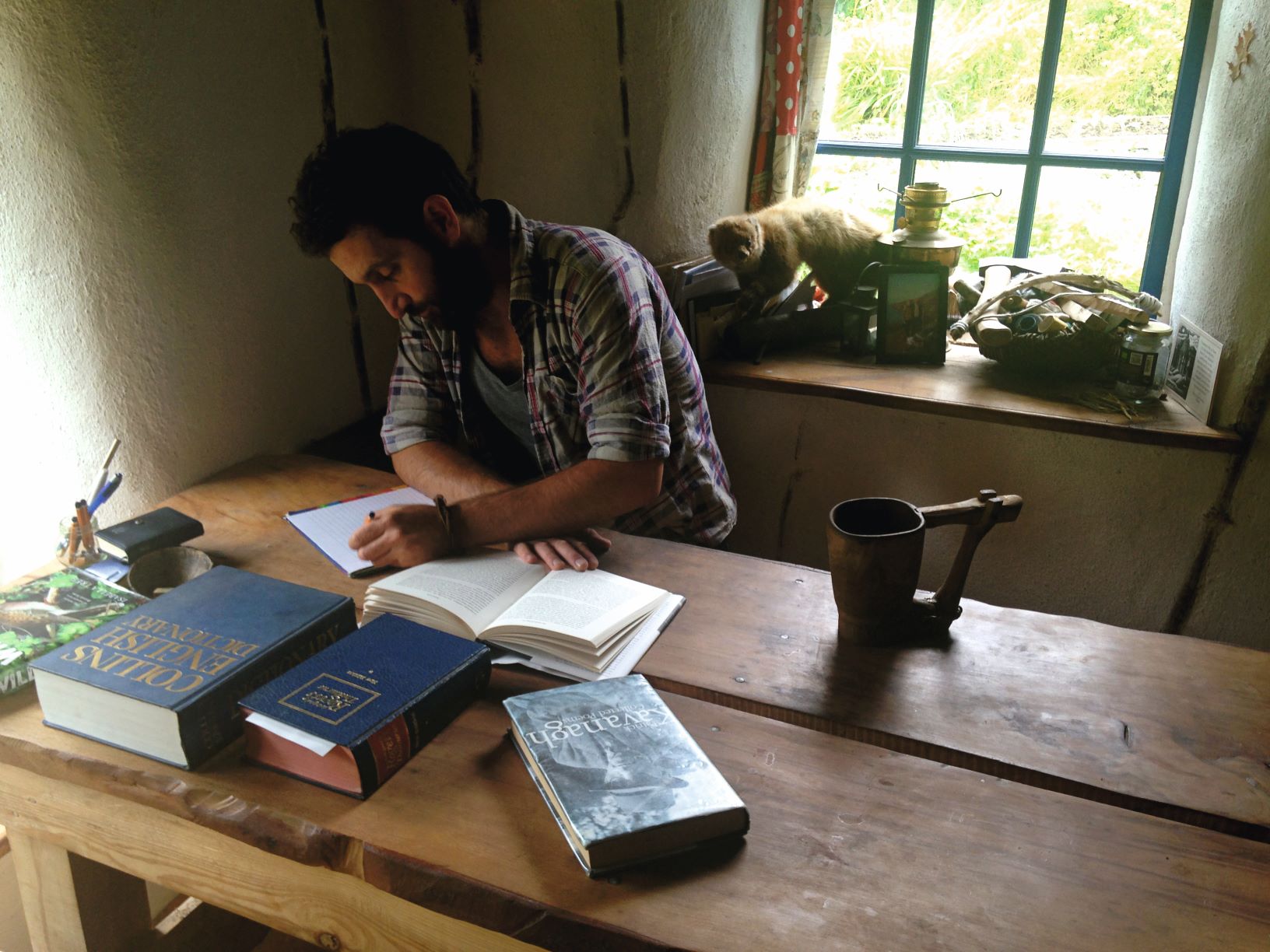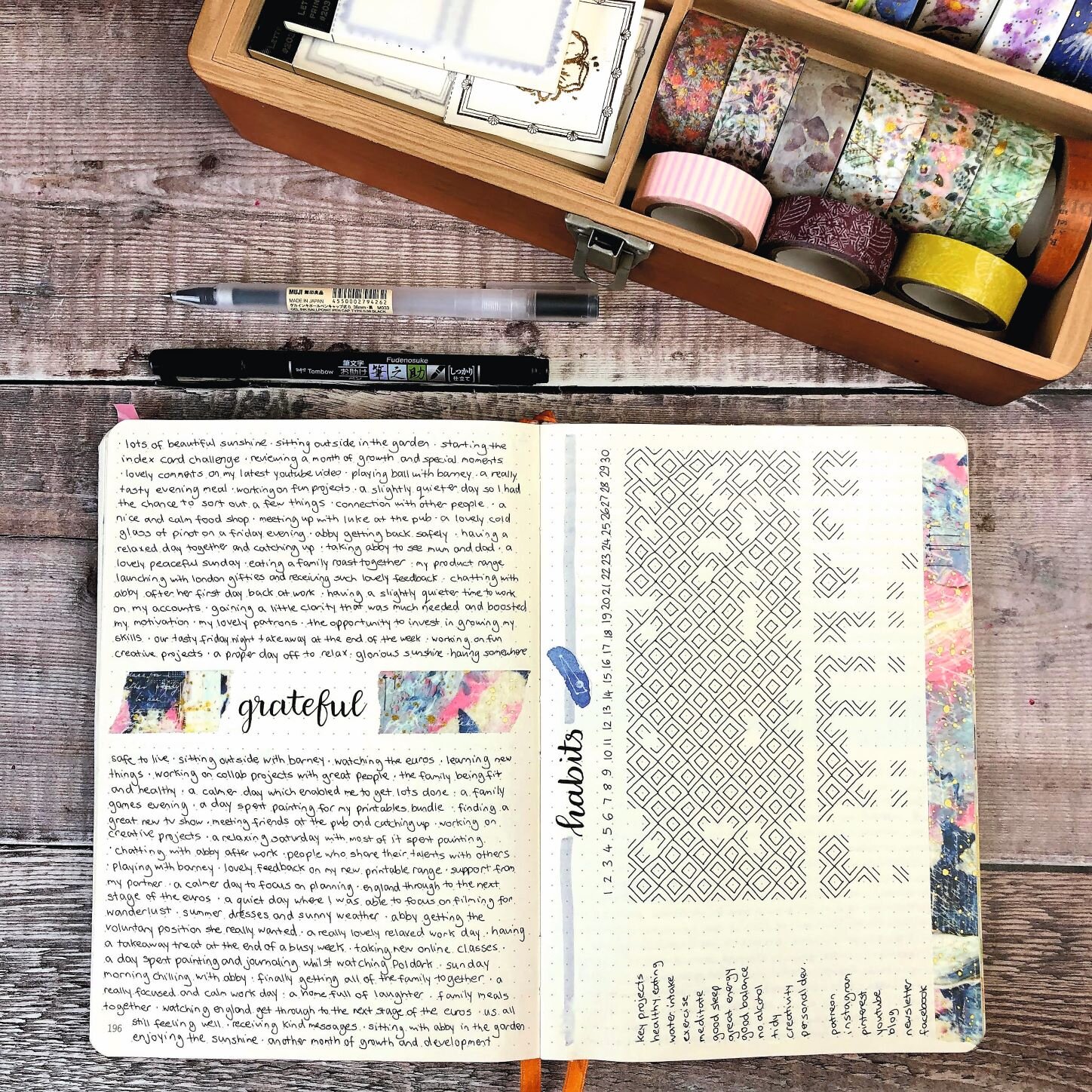Why writing and posting a letter is a forgotten pleasure
Do you remember the last time you received a letter from a friend? We bet you do, mainly because it’s such a rare thing these days. We bet you kept it, too, and reread it several times. We live in a world of texts, emails and (worse) texts that contain only emojis, which frankly, we think of as a crime against semi colons and brackets that ought to be punishable by law.
So among all this, a letter you can unfold and hold, with actual ink, a recognisable hand, is something to treasure.
We’ve resolved to write to friends more often, rather than sending those quick texts and emails, and are hoping to spread a little of that old-school joy of receiving a letter as well as enjoy the time spent on our own, penning it.
Here are a few tips on how to write a really good letter and enjoy every moment of it.
Make the writing of a letter an event. Take your pens and paper to a coffee shop or library, or find a corner of the house or garden to escape to, and make sure you have a good hour free. You don’t have to finish the letter. Many of the best letters are written across a number of days with charming additions and edits marked on as you go. Lovely.
Get out your posh pens and paper (and pencil case, too, if you like). Nice things make the experience even more pleasurable and a lovely pen and some nice heavy paper or an interesting card to write in will ensure you use your very best handwriting, too.
Once you’ve assembled your tools and got yourself a cup of something steaming, you’re ready to write. Begin by setting out your reason for writing - you don’t want anyone panicking and suspecting there’s bad news to impart. Your reason for writing could be as simple as ‘I’ve decided to write more letters this year, and you’re my first victim!’
Draw up a mental list of things you want to tell your friend. Ask yourself what you’d tell her if you phoned her and she asked what you’d been up to. It’s easy to feel a bit self-conscious writing all this down without the usual conversational to and fro you have in a phone call or face-to-face conversation but go with it and it will start to feel more natural.
You’ll discover your natural written tone as you go but write in ‘your voice’. Use the expressions and words you would use in everyday conversation. Letters to friends should feel intimate but never formal.
Don’t feel limited by the bounds of convention - little illustrations and diagrams will raise a smile and help as set the scene, whether it’s a comical drawing of the look on the bus driver’s face when you tried to pay using your library card, or a diagram of the parking wars battlefield raging on your street. Footnotes, asides and postscripts all add fun and texture to a letter, too.
Don’t forget to include questions to your friend. This isn’t all about Me, Me, Me, remember. Let your imagination run a bit wild. It’s polite to ask after her health, job and family, but why not ask what book she’s reading now, whether she can recommend anything on TV, or simply which dead kings and queens she would invite to a fantasy dinner party.
Sign off enthusiastically. Lots of love is better than ‘best wishes’. But a ‘Yours, from HMP Holloway is always funny (unless of course it’s true). If you really like the friend, why not slip a small bar of chocolate in before sealing the envelope? (Or a visitor’s pass?)
We were inspired to write this blog by a piece in our August ‘Pause’ issue, from The Way Home: Tales From a Life Without Technology by Mark Boyle (Oneworld). Mark, who is pictured above, decided to build a cabin on his smallholding and avoid technology (so no phone calls, emails or texts). He spends every Sunday evening writing replies to all the letters he receives during the week.
Get hold of your copy of this month's The Simple Things - buy, download or subscribe






